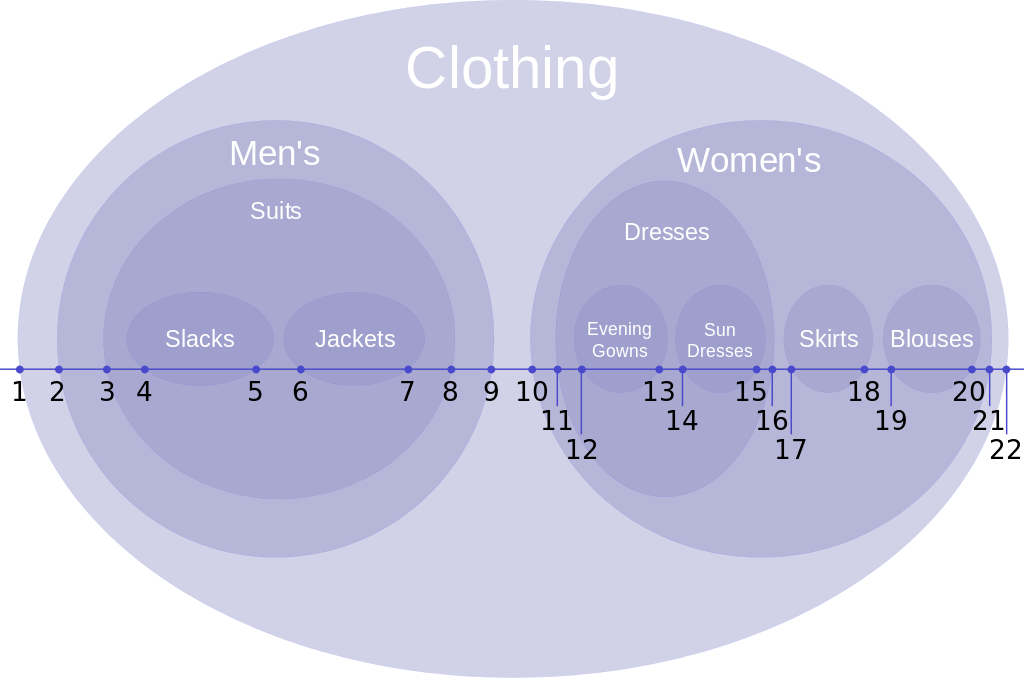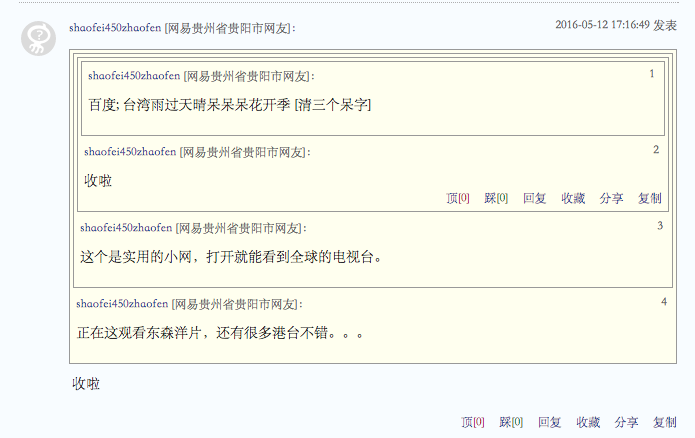說明
大家通常都是使用遞歸實現無限極分類,都知道遞歸效率很低,下面推薦一個Laravel 的擴充包etrepat/baum,快速讓你的資料模型支援無限極樹狀層級結構,並且兼顧效率。
使用Baum 巢狀集合模型來實現Laravel 模型的無限極分類
擴充包的官方文件裡有解釋的篇幅,下面這張圖的也是一個簡單的例子:

#接下來講幾個無限樹狀層級模型的例子。
#參考:Laravel Taggable 為你的模型添加打標籤功能一個標籤可以有無數多子標籤,屬於一個父標籤,有多個同儕標籤。
如下面的這顆標籤樹:
$tagTree = [
'name' => 'RootTag',
'children' => [
['name' => 'L1Child1',
'children' => [
['name' => 'L2Child1'],
['name' => 'L2Child1'],
['name' => 'L2Child1'],
]
],
['name' => 'L1Child2'],
['name' => 'L1Child3'],
]];##評論的無限極別嵌套,如網易的 跟帖系統。

Laravel 有一個評論擴充功能支援無限極別嵌套,請見 Slynova-Org/laravel-commentable。
#管理員後台需要提供「導覽列」自訂功能,樹狀結構導覽列。

#etrepat/baum 快速讓你的資料模型支援無限極樹狀層級結構,且兼顧效率。
接下來我們講如何整合。
composer require "baum/baum:~1.1"
#修改config/app.php 文件,在providers 陣列中新增:
'Baum\Providers\BaumServiceProvider',
此服務提供者註冊了兩個指令:artisan baum, artisan baum.install 。
#安裝到已存在的資料模型上:
php artisan baum:install MODEL
然後執行
php artisan migrate
#parent_id: 父節點的id
#lft:左邊索引值
class Category extends Migration {
public function up() {
Schema::create('categories', function(Blueprint $table) {
$table->increments('id');
// 这四行代码
$table->integer('parent_id')->nullable();
$table->integer('lft')->nullable();
$table->integer('rgt')->nullable();
$table->integer('depth')->nullable();
$table->string('name', 255);
$table->timestamps();
});
}}class Category extends Baum\Node {}class Category extends Baum\Node {
protected $table = 'categories';
// 'parent_id' column name
protected $parentColumn = 'parent_id';
// 'lft' column name
protected $leftColumn = 'lidx';
// 'rgt' column name
protected $rightColumn = 'ridx';
// 'depth' column name
protected $depthColumn = 'nesting';
// guard attributes from mass-assignment
protected $guarded = array('id', 'parent_id', 'lidx', 'ridx', 'nesting');}$root = Tag::create(['name' => 'Root']);
// 创建子标签
$child1 = $root->children()->create(['name' => 'Child1']);
$child = Tag::create(['name' => 'Child2']);
$child->makeChildOf($root);
// 批量构建树
$tagTree = [
'name' => 'RootTag',
'children' => [
['name' => 'L1Child1',
'children' => [
['name' => 'L2Child1'],
['name' => 'L2Child1'],
['name' => 'L2Child1'],
]
],
['name' => 'L1Child2'],
['name' => 'L1Child3'],
]
];
Tag::buildTree($tagTree);
#




